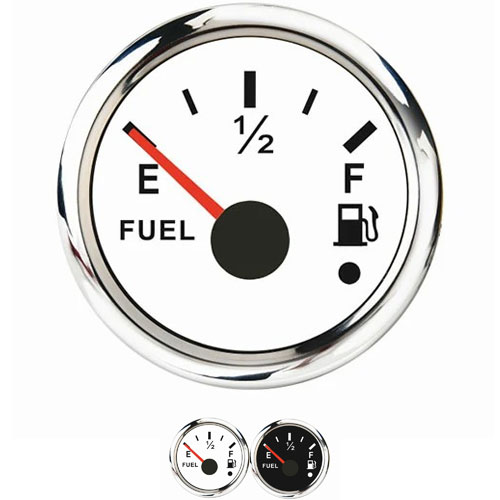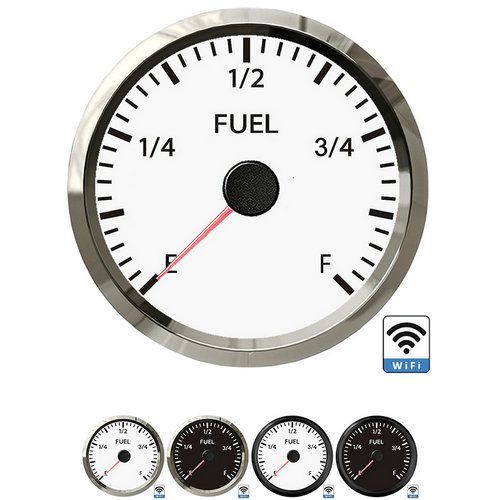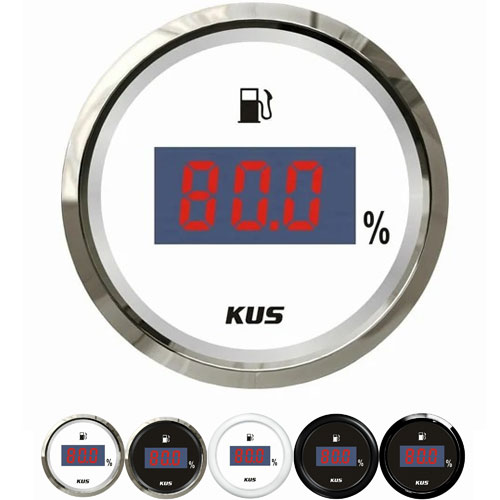how to determine if a fuel gauge or level sensoe is bad
The methods for measuring the oil level sensor are as follows: 1. The oil gauge scale is fast and slow: the oil gauge scale is fast and slow, especially in the first half of the scale, which drops relatively slowly, but almost doubles in the second half; 2. The scale of the oil gauge suddenly drops to zero: it is often seen that there are still two spaces left before driving, but the scale of the oil gauge will directly drop to zero after driving for some distance; 3. The scale of the oil gauge rises: the pointer of the oil gauge stays at a certain position all the time. Some even drive for a certain distance, and the displayed value of the scale increases instead of decreasing. The oil level sensor is a part that detects the position (height) of the oil in the container by changing the capacitance between the sensor housing and the sensing electrode after the oil enters the container and converting this change into a current change
For conventional fuel or hybrid electric vehicles, the amount of fuel in the fuel tank directly determines the driving safety. How does the instrument display the amount of remaining fuel in the fuel tank?
The sensing part of the capacitive automobile oil level sensor is a coaxial container. When fuel enters the container, the capacitance between the sensor shell and the sensing electrode changes. Through the conversion of the hardware circuit, the standard current of 4-20mA is output, and then displayed on the combination instrument. The same sensor can change the measuring medium and measuring environment at any time without re-calibration and is almost unaffected by the change of dielectric constant and temperature.
The working principle of the resistive automobile oil level sensor can be understood as a sliding rheostat. The resistance value is controlled by a float and changes with the amount of oil. When the load voltage is fixed, the output current will change. The current value is directly reflected on the combination instrument through the hardware circuit. Generally, the shape of fuel tank of each vehicle type is different, so the change of resistance value does not necessarily show a linear relationship. The resistance type has simple structure and low cost, and is adopted by most vehicles. Generally, the resistance value varies from several Ω to 1K Ω.
How to determine whether the oil level sensor is faulty?
1. Power off the whole vehicle, then start the engine and let the combination instrument self-check;
2. Measure whether the resistance of the oil level sensor is within the specified range according to the circuit diagram of the whole vehicle. When measuring, pay attention to shutting down the engine first. Because the oil level sensor is mostly arranged under the rear seat, it is more difficult to disassemble the seat, so it is recommended to measure the resistance from the combination instrument;
3. If it still doesn't work, you can only remove the seat, unplug the sensor connector, and measure the connection, disconnection, short circuit, open circuit and other conditions of the harness
 English
English 






Get a Quote / Info